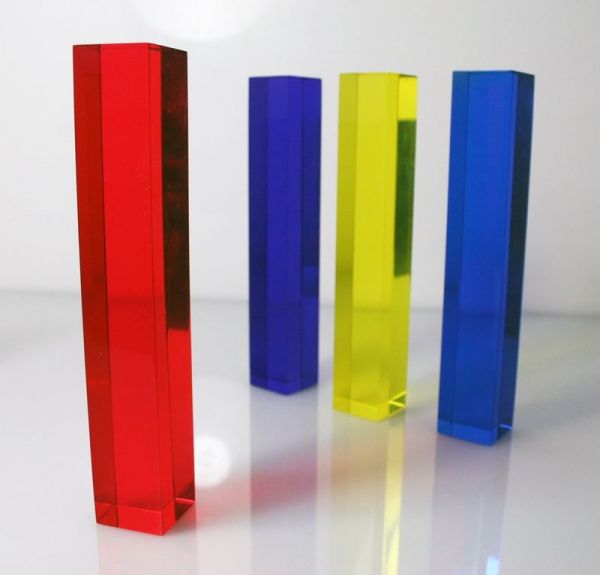Acrylics are an incredibly diverse and useful family of chemicals used in all kinds of products, from diapers to nail polish. Now, a team of researchers from UConn and ExxonMobil describe a new process for making them. The new method would increase energy efficiency and reduce toxic byproducts, they report in the Feb. 8 issue of Nature Communications.
The global market for acrylic acid is enormous. The world used close to 5 million metric tonnes of it in 2013, according to industry group PetroChemicals Europe. And no wonder, for acrylics and the closely related acrylates are the building blocks for many kinds of plastics, glues, textiles, dyes, paints, and papers. Strung together in long chains, they can make all kinds of useful materials. Acrylate mixed with sodium hydroxide, for example, makes a super absorbent material used in diapers. Add extra methyl groups (carbon plus three hydrogens), and acrylate makes plexiglass.
The current industrial processes for making acrylics require high temperatures close to 450 F, and produce unwanted and sometimes harmful byproducts, such as ethylene, carbon dioxide, and hydrogen cyanide.
Read more at University of Connecticut
Image Credit: Craig Cameron


